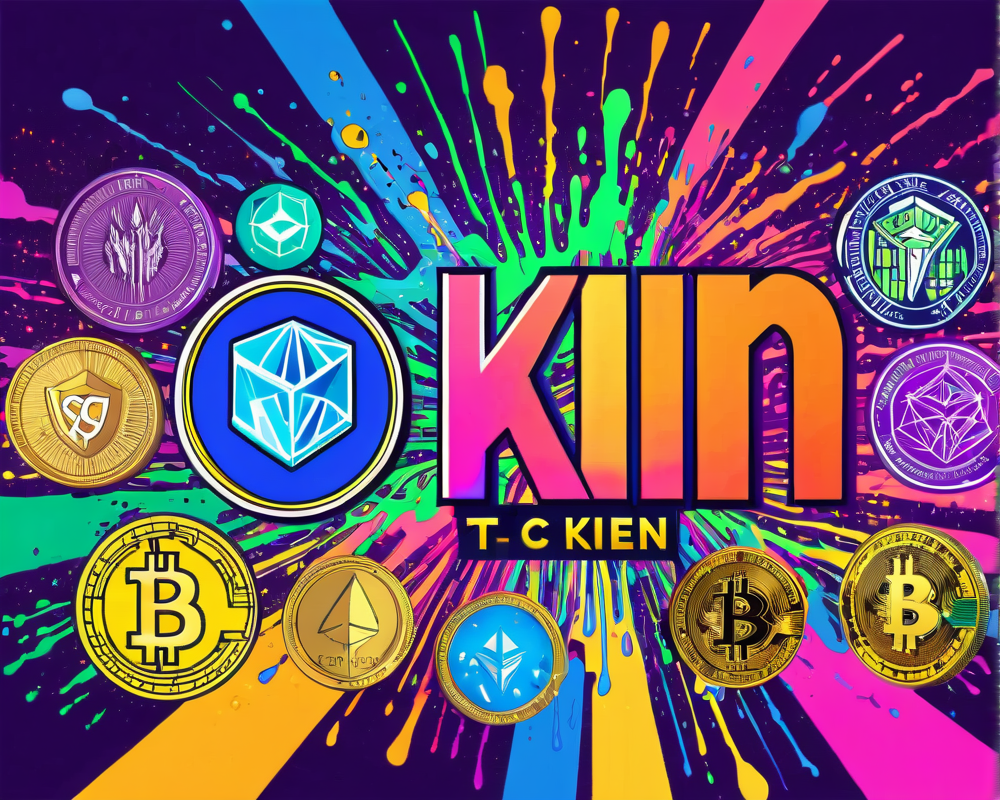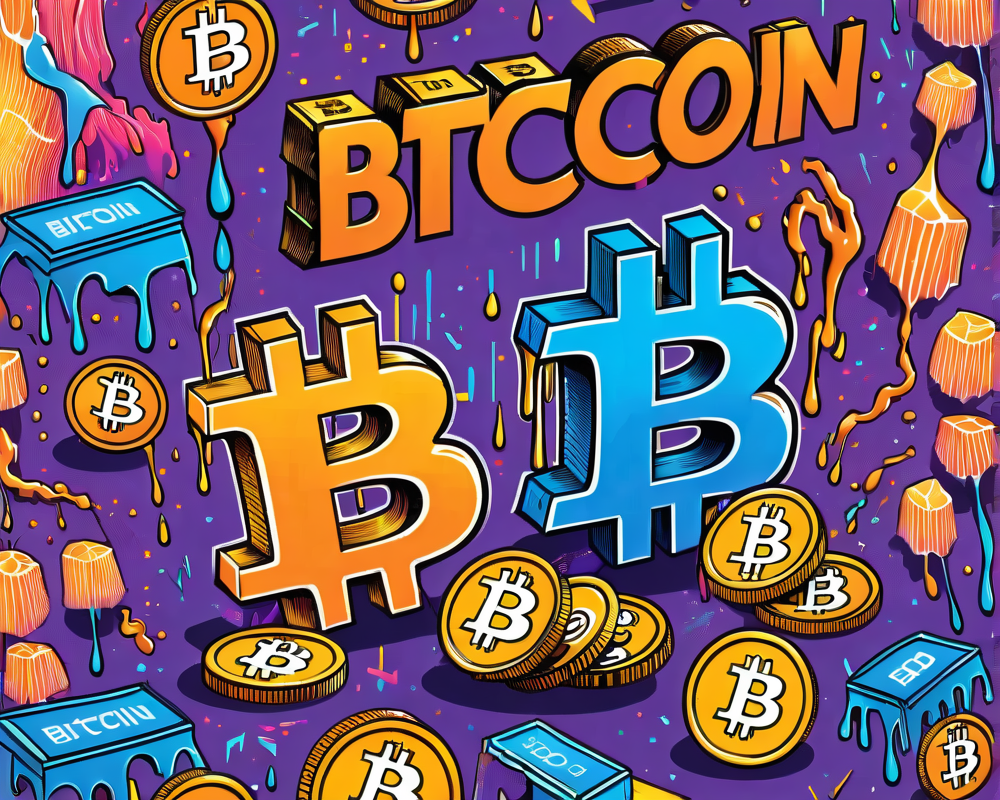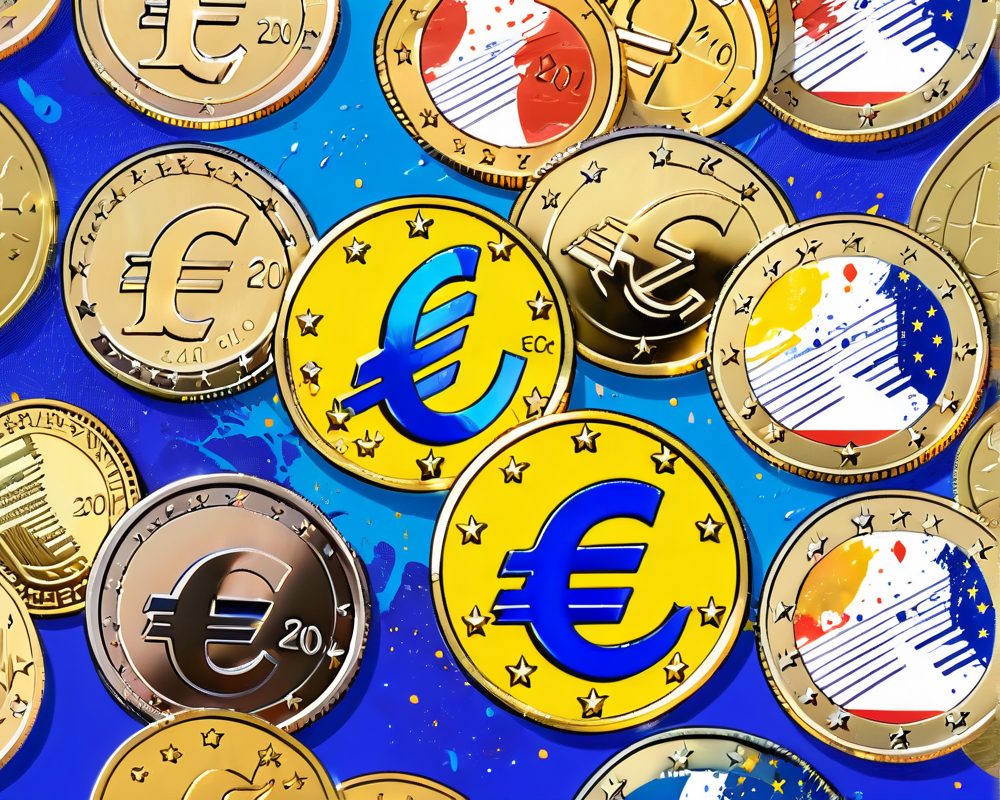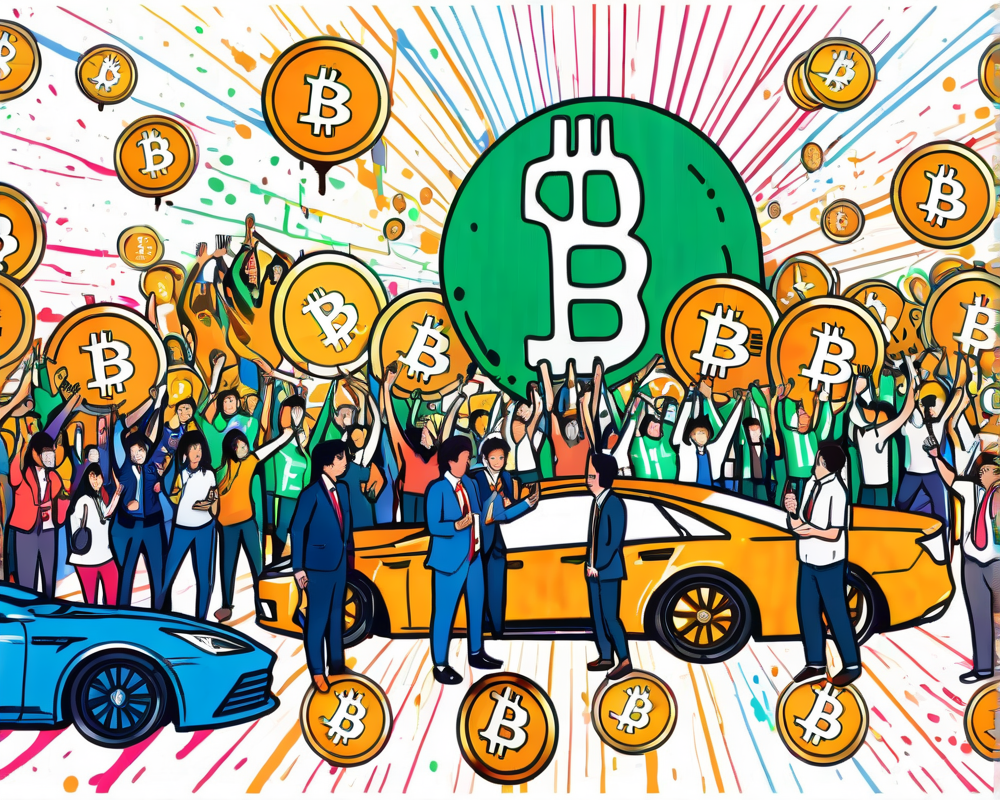The Court’s Ruling: A Deep Dive
The saga of Kik Interactive is as turbulent as a rollercoaster ride, especially with Judge Alvin Hellerstein’s verdict ringing in the crypto world’s ears. The judge’s decision on September 30, 2020, favored the SEC’s motion for summary judgment and applied the Howey Test like it was his favorite board game. In simple terms, it was found that Kik Interactive was playing fast and loose with federal securities laws when they sold rights to Kin tokens. Spoiler alert: the fun didn’t end there.
The Final Judgment: A Sweet Settlement?
Fast forward to October 21, 2020—the court wrapped up the whole mess with a final judgment that was about as surprising as a cat meme going viral. Kik was banned from selling unregistered securities and had to notify the SEC about any future sales of Kin tokens for three years. Added bonus: they only had to cough up a $5 million fine, which, when stacked against the $100 million raised in their initial Kin offering, seems almost like a parking ticket for a crypto giant. Plus, Kik didn’t need to shut down their beloved Kin network or register Kin with the SEC, which certainly raised eyebrows.
Kin in the Market: What Happened Next?
Now, here’s where the plot thickens. You’d think that an SEC ruling would put the brakes on the Kin marketplace, but life is far more whimsical. As of late December 2020, Kin was cruising at position 130 in the world of digital assets, with a market cap surpassing $77 million. In layman’s terms, people are still buying and selling Kin tokens like swapping Pokémon cards at recess.
The Kin Ecosystem: New and Improved
Oh, how the times have changed! Back in 2017, the Kin ecosystem was about as developed as a toddler’s drawing, but today it’s nearly a bustling metropolis. Judge Hellerstein even acknowledged its growth by ranking Kin third among cryptocurrencies based on blockchain activity, excluding secondary market transactions. Talk about a glow-up!
- Kin now boasts nearly 60 apps across various categories like communication, education, and entertainment, turning it into a digital playground.
- Up to 3 million users engage with Kin on a monthly basis.
The Great Debate: Kin Tokens as Securities?
So, what sets the Kin of today apart from its 2017 incarnation? When Kin first launched via a public sale, it was as if they were selling summer tickets to a park that hadn’t even been built yet. Fast forward to 2021, and we find that Kin has finally matured into an actual ecosystem, leading many to argue that it should no longer be classified as a security.
Market Forces vs. Tegulatory Scrutiny
The Kin Foundation, a nonprofit devoted to promoting the ecosystem, is calling the shots now. They’ve distributed tokens as incentives (welcome to the Kin Rewards Engine!), ensuring that the developers—not Kik—determine the token’s utilization. The market’s role is also integral, much like seasoning in a casserole; it depends on who’s engaging in trading.
Future Implications: What Lies Ahead?
The SEC’s stance remains a clouded mystery. Despite their initial win over Kik, they haven’t actively targeted the token since the ruling, which is akin to a cat choosing to ignore its human. Players in the crypto marketplace are left wondering whether Kin will ever find itself in the SEC’s crosshairs again. What’s certain is that the community is evolving, and with that evolution comes the thrilling uncertainty of regulatory responses.
The Bottom Line: Hope or Hype?
While it’s true that the SEC initially positioned Kin as a security, the current reality compels us to question if that characterization still holds water. Given the shifts in the ecosystem and the nature of the foundation behind Kin, optimism runs through the crypto streets. After all, who wouldn’t root for a philately stamp collecting dog or a thriving digital economy?




